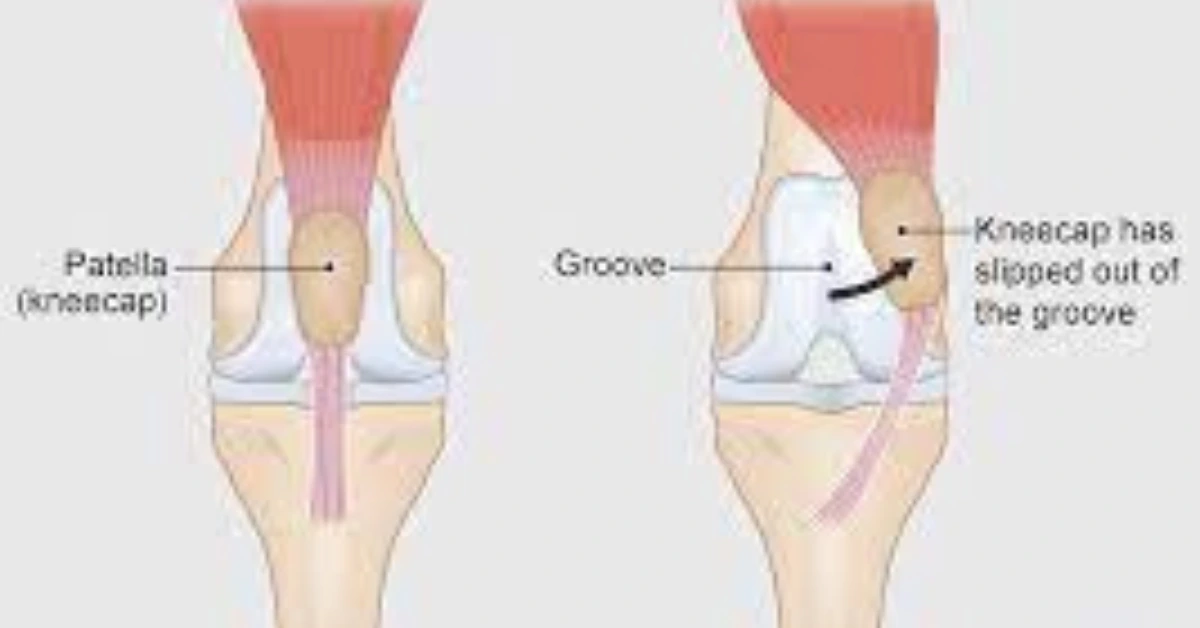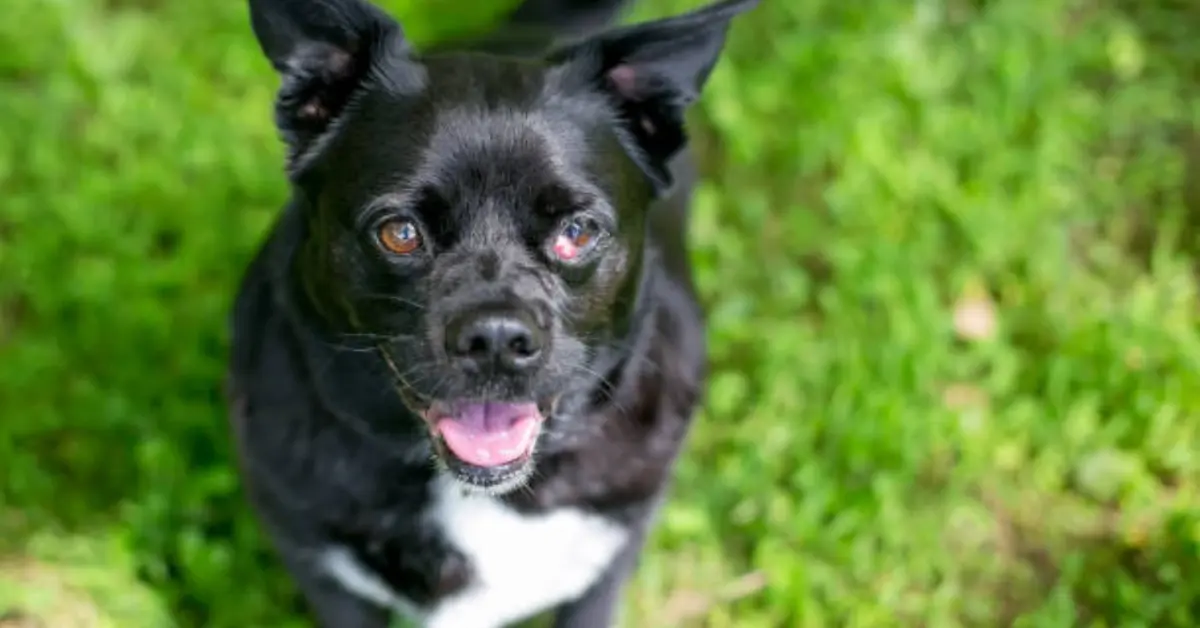When your chihuahua’s kneecap moves out of its normal place. We call this luxating patella. This happens a lot. Small or toy breeds like Chihuahuas, Yorkshire terriers, and Pomeranians are most likely to have luxated patella. But all breeds of dogs can get this orthopedic problem.
A vet can sometimes fix luxating patella with a combination of physical therapy and medicine. But if your chihuahua’s condition is very bad and causes them a lot of pain, they may need surgery.
How Does A Luxating Patella in Chihuahuas Occur?
A luxating patella happens when the chihuahua’s patella (kneecap), which normally sits in the groove of the femur (thighbone), moves out of place. It can happen in either one or both back legs. Most small breed dogs move this way in the middle of the limb, or toward the inside. Chihuahuas can have a luxating patella on the side. But this is less common and usually only happens in larger breeds.
Advertisement
When the patella slips out of place. Your chihuahua’s back leg might “skip” sometimes, it might be lame, or it might lock up at an odd angle. Once everything is back in place, things go back to how they were before, as if nothing had happened.
A traumatic injury can cause luxating patella in a chihuahua. However, the main cause is more often abnormalities in the joint or limb structure. Such as the groove in the femur where the kneecap sits being too shallow or the place where the kneecap connects to the shinbone (tibia) being moved. Because of these changes in the limbs and joints, the forces on the knee change, which makes the patella slipping out of place.
How Is A Luxating Patella in Chihuahuas Diagnosed and Graded?
A vet may diagnose a Chihuahua with a luxating patella through a physical exam and give a stage number based on how bad it is (1-4). The vet will take into account any signs of pain you’ve seen in your pet when giving a number.
- Stage 1: The kneecap moves out of place when you put pressure on it. But it goes back into place as soon as you let go. A vet may find Stage I usually by accident when he or she examines the pet, and it usually doesn’t cause any symptoms.
- Stage 2: The kneecap can be moved out of its normal position by hand and stays out of place until it is moved back. Lameness usually comes and goes when the patella moves out of its normal position. This can be painful if it happens often enough to damage the cartilage.
- Stage 3: The kneecap is usually out of place, but a vet can put it back in place by putting pressure on it. Once this pressure is taken away, however, the patella starts to move out of place on its own. Dogs in this stage may be in more pain and limp more often because repeated luxation has changed the way their limbs are built or damaged the cartilage in their joints.
- Stage 4: Your chihuahua’s kneecap is out of place and it is impossible to put it back in place by hand. Most of the time, severe changes to the structure of the limbs are present, which can cause limping and other problems with mobility, as well as a loss of limb function.
Some Chihuahuas with a luxating patella could also have a torn cranial cruciate ligament, which is the same thing as a torn ACL in humans.
How Is Luxating Patella In chihuahuas Treated?
Depending on how bad the disease is, the vet may order you to treat your chihuahuas with a luxating patella with anything from rest and medicine to surgery.
Your vet may treat most cases of stage I and stage II with painkillers, anti-inflammatory drugs, weight loss, and less exercise. Physical rehabilitation therapy may also help. Since it can help your dog build up muscle strength and ease back into normal activities. Some chihuahuas in stage II who have damaged cartilage and are very lame and in a lot of pain may benefit from surgery to make their lives better. Both stage III and stage IV patellar luxation often need surgery because they can cause a lot of limping and pain.
There are different kinds of surgeries for dog patella luxation that fix either the bone or the soft tissue. No matter what kind of surgery is done. The goal is to realign the knee’s supporting structures so that the kneecap can move normally and stay in the groove of the femur. Some common types of surgery are:
- Ways to make the groove on the femur where the kneecap sits even deeper.
- Moving the kneecap’s joint with the shinbone more to the side.
- The issues around the knee joint are enhanced
If both of the chihuahua’s back legs are getting this condition. The vet may perform surgery in stages, starting with the knee that hurts the most.
After surgery, your chihuahua may have to wear a soft bandage or brace for three to five days and limited movement for four to eight weeks. This is to help the area heal properly. During this time, your chihuahua should only go for short walks on a leash to go to the bathroom. They may also need to be inside a crate or in a small room to limit their activity. Physical therapy can help stop the affected limb from losing muscle mass. And may help some dogs get back to normal function faster. Also, it is not a good idea to breed your chihuahuas with this health issue.
Last Word
Many Chihuahuas who have this disease don’t even need surgery to get back to their normal lives. Sometimes a little rest, relaxation, or physical therapy is all that your chihuahua needs. But if your chihuahua does need surgery to get back to normal. The dog probably won’t be out of commission for too long. After a few months, he should be back to being the same playful kid he was before.
Have you noticed that your Chihuahua has Patella Luxation? would you please Leave a comment and tell us how you’ve dealt with this?
Here is a very good video that explains Patella luxation in a simple way
YOU MAY ALSO LIKE:
10 Most Common Chihuahua Health issues
Advertisement













